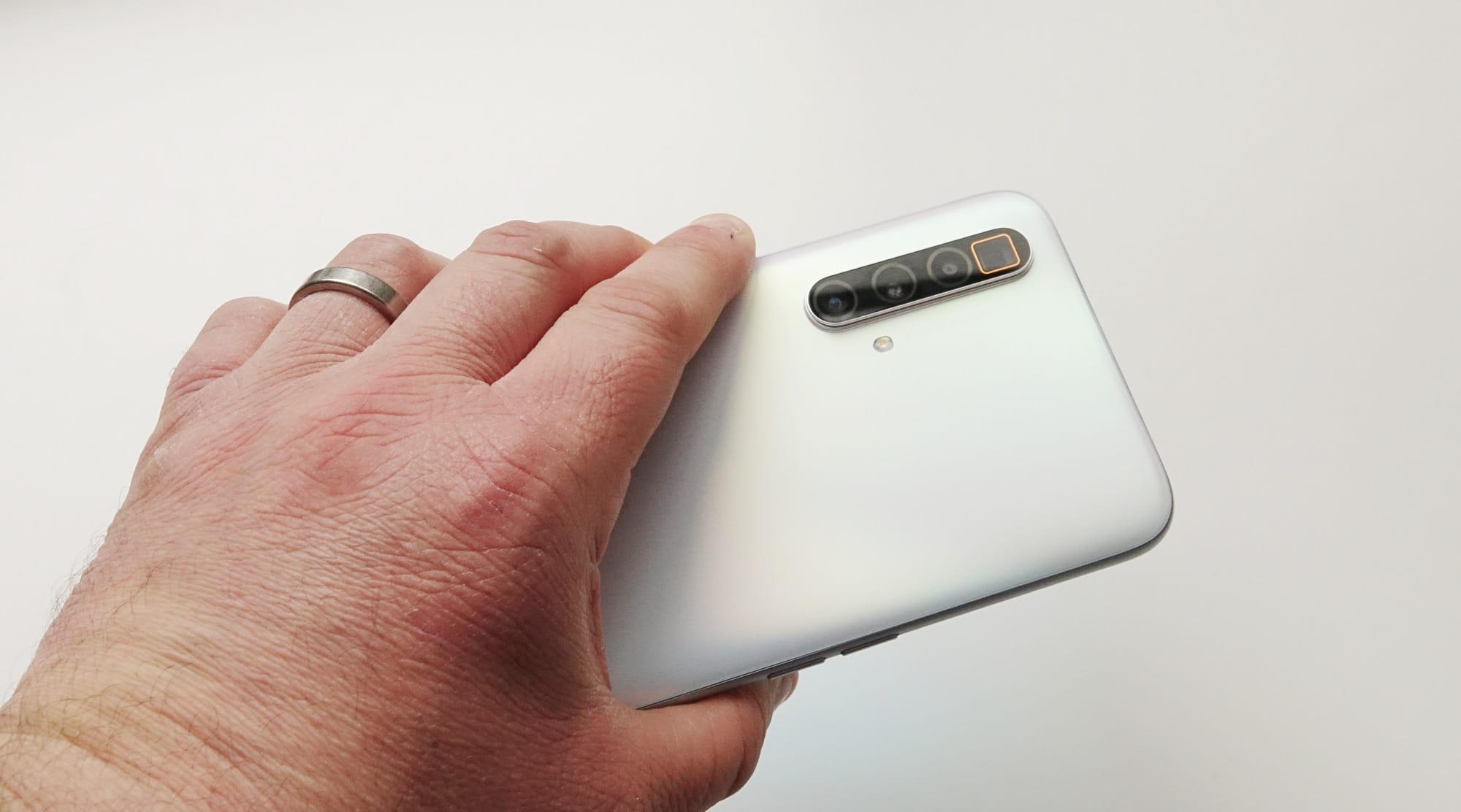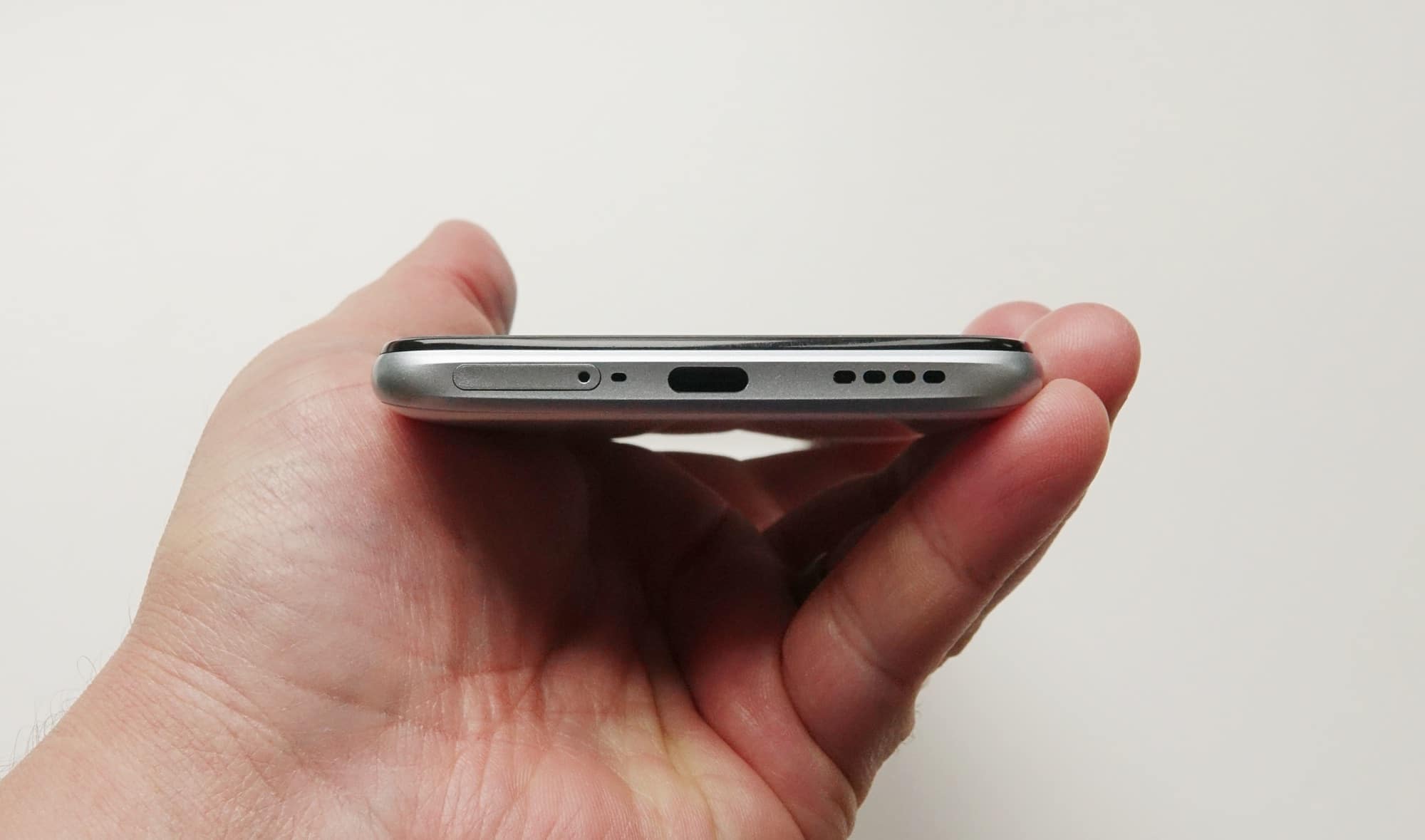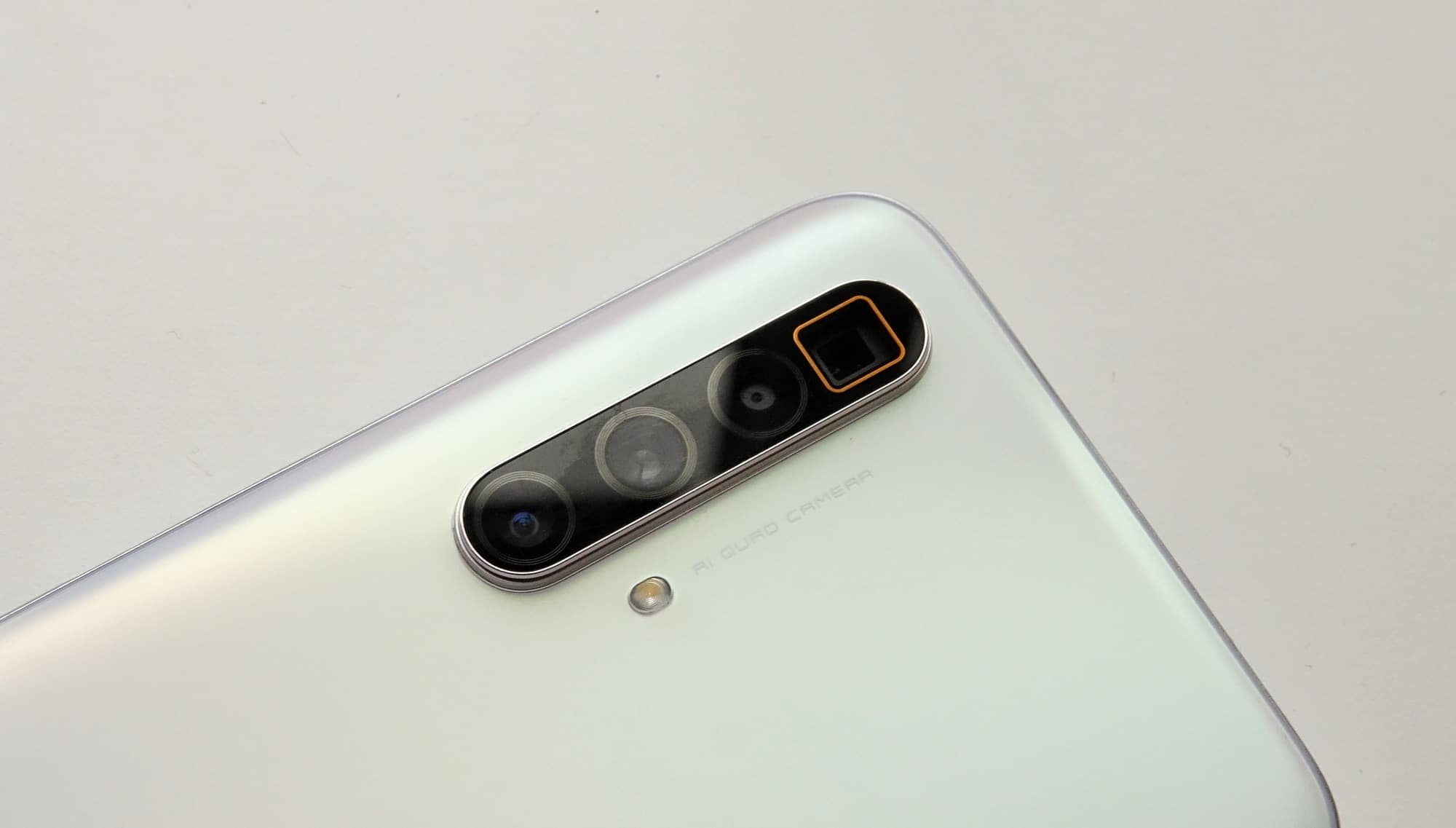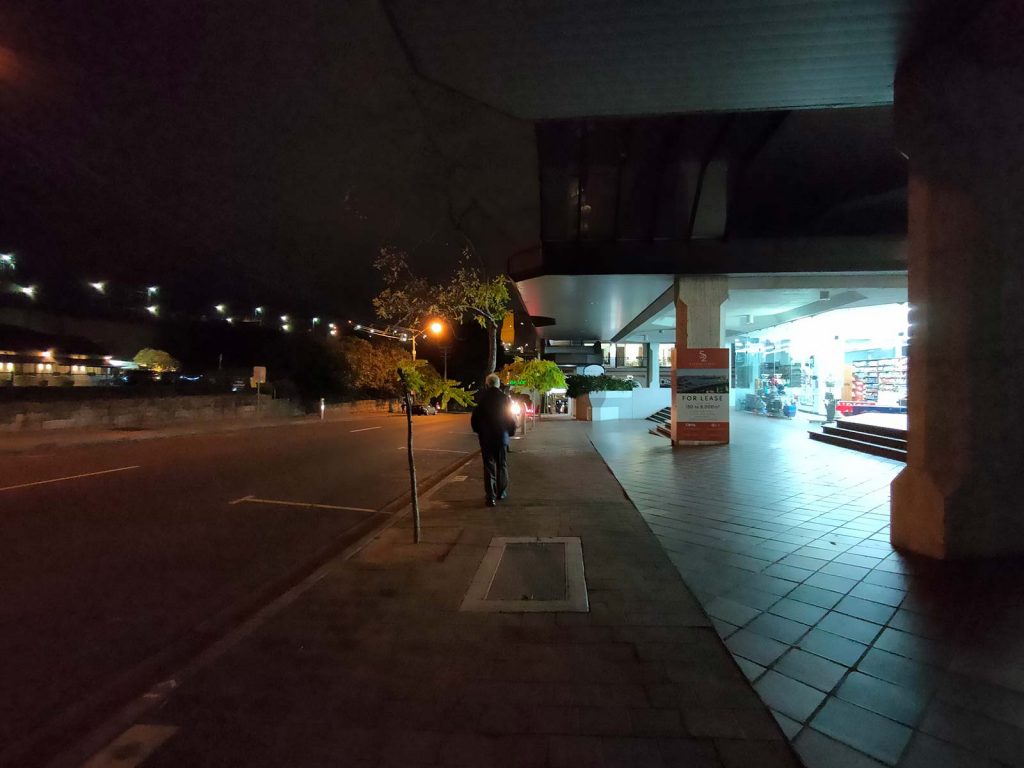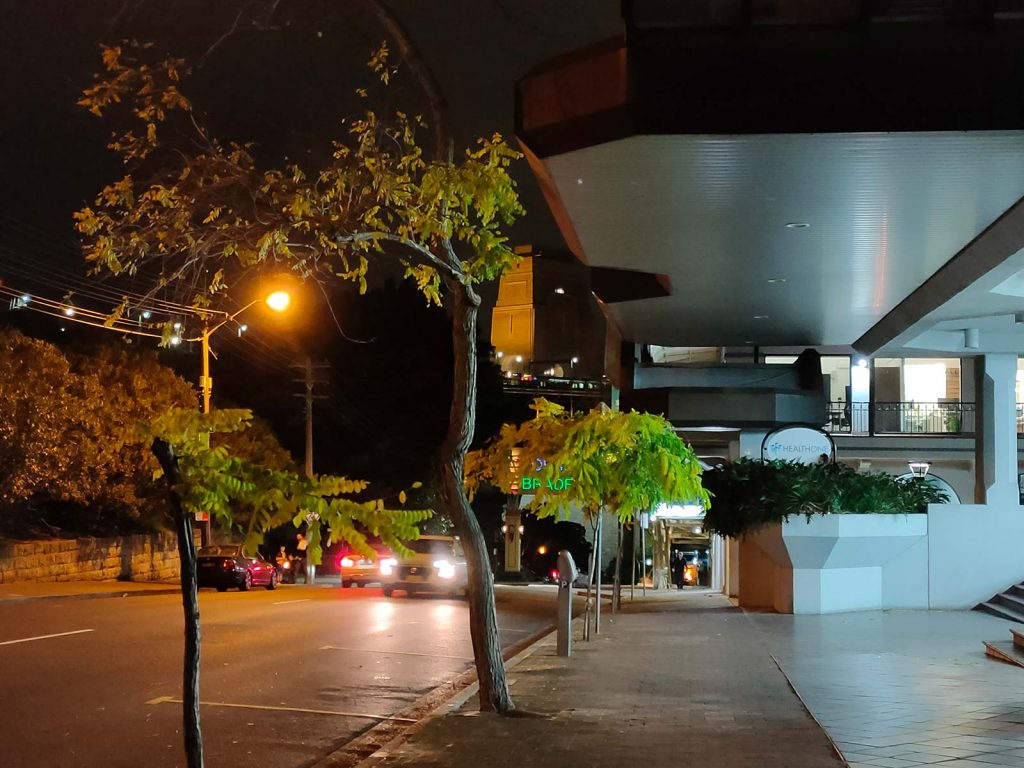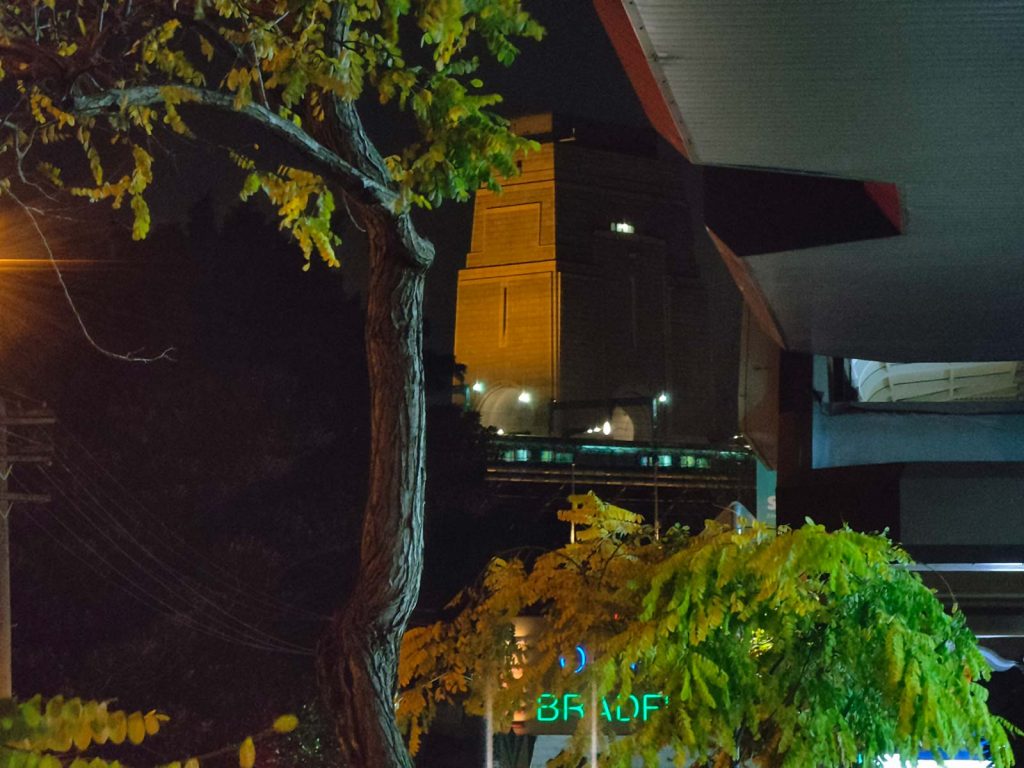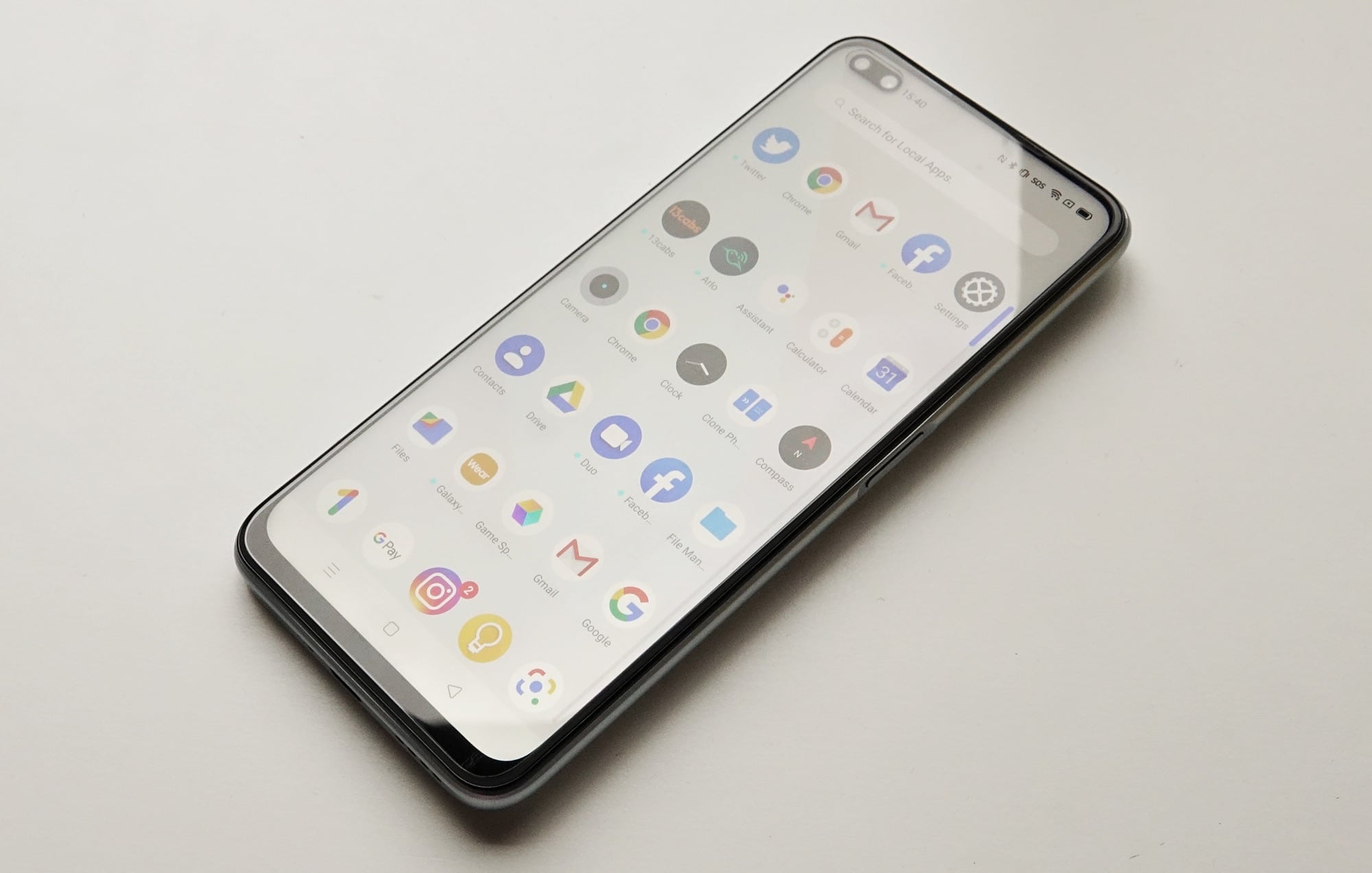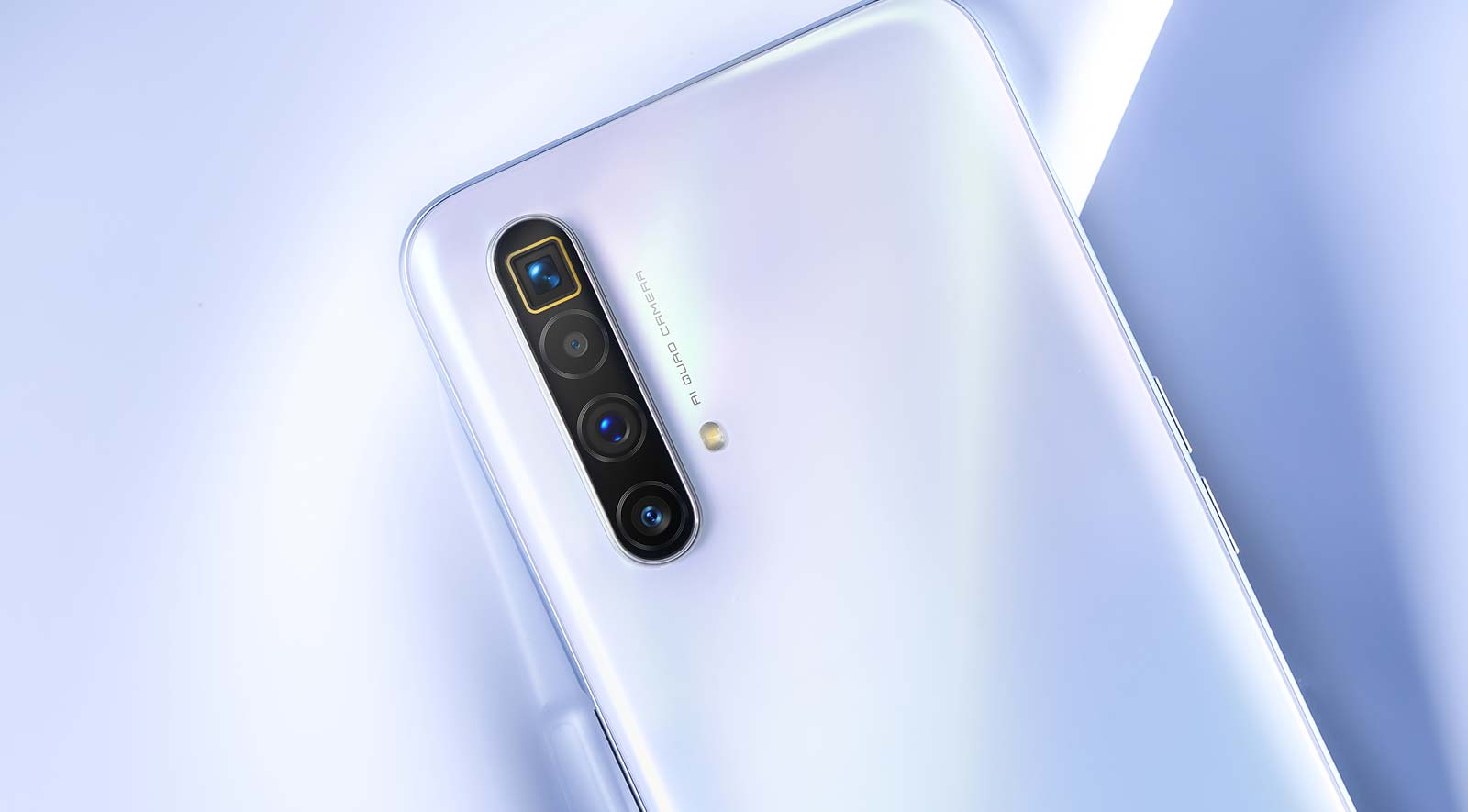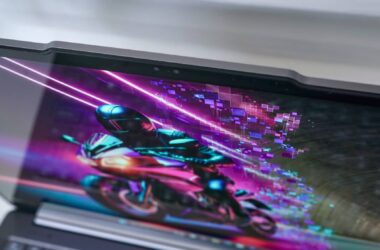Quick review
The good
The not-so-good
Can you get flagship features in a phone below flagship pricing? Realme is giving it a go with the X3 SuperZoom, a $699 almost flagship.
The mobile phone landscape is very different now from what it used to be only a few years ago. You might not realise it, but things have changed, and while big players like Samsung and Apple are still clearly a major part, others like Sony and HTC have largely disappeared from the Australian mobile space.
In their absence, others have stepped up. Oppo has become bigger and taken on 5G locally, TCL emerged, and another player you might not be altogether familiar with has rocked up, too: Realme. A sister brand of Oppo, Realme is playing for a genuine slice of the mobile phone pie, and its latest, the X3 SuperZoom aims to go even further to get you to take a slice.
At $699, it just might be the most feature-packed mid-range mobile yet. Is the Realme X3 SuperZoom super value?
Design
Whether you take a slow study or a quick glance at Realme’s X3, you probably won’t think the handset to be wholly remarkable as far as designs go. Somewhere between a Samsung and a Huawei, Realme’s design is consistent and average, but still pleasing enough for the eye.
Like so many phones this year, you’ll find a large screen with front-facing cameras on the left, though there are two here, something you only find in the premium space. On the back, Realme has adopted a four camera setup going down the top left, looking a little like an elongated iPhone X camera, or something more like what we’ve seen from Huawei in the past.
It’s a consistent and altogether normal design these days, and one that works nicely, complete with glass front and back (yay!) atop a plastic frame (less yay).
Realme’s use of glass is definitely welcome, but the X3 SuperZoom can feel a little on the cheap side, possibly because the glassy finish is so slick, there’s no texture, so the moment you get your mittens on it, you’ll exhibit such a slick finish, it might just slide from your hands.
Features
Inside the mostly glassy finish is a surprisingly solid set of features that seems rather surprising given the $699 price tag, and some are more obvious than others.
The clearly obvious ones include that big 6.6 inch Full HD+ 2400×1080 display, protected by a layer of Corning’s Gorilla Glass 5, which is also a 120Hz LCD display.
At the top left, you’ll find two selfie cameras, which are also a little unusual for the price point, as Realme offers a 32 megapixel F2.5 standard camera and an 8 megapixel F2.2 ultra-wide on the front. That’s the start of what makes the Realme X3 SuperZoom different on the camera front, which ironically continues on the back. Flip the phone over and you’ll find a 64 megapixel F1.8 standard wide, an 8 megapixel F2.3 ultra-wide, a 2 megapixel F2.4 macro, and something a little bit different under the $1K mark: an 8 megapixel F3.4 5x optical zoom.
That’s an interesting set of features for a $699 phone, and helped by the system spec, too.
As such, you’ll find the recent high-end chip, the Qualcomm Snapdragon 855+ working under the hood here, alongside a pretty sizeable 12GB RAM and 256GB solid state storage.
Connections also venture on the same path as modern high-end phones, with no 3.5mm headset jack and yet only the USB Type C port for wired connectivity. Meanwhile, wireless is supported by WiFi 802.11a/b/g/n/ac, Bluetooth, GPS, Near-Field Communication (NFC), and 4G, of course. You’ll also find support for Dolby Atmos and hi-res audio here, with support for a fingerprint sensor built into the power button, plus a facial security system from the front-facing camera, as well.
You’ll find a 4200mAh battery inside the Realme X3 SuperZoom, with a 30W wired charger in the box. There is no wireless charging on this phone.
In-use
Switch the phone on using the power button on the side, and you’ll see Realme’s screen light up, delivering a 6.6 inch Full HD+ picture on an LCD screen. While it’s not the premium look and feel an AMOLED display would have provided, it’s still easy on the eyes all the same.
Useful is the power button, which Realme has hidden a fingerprint sensor underneath, foregoing the in-screen sensors we’ve seen many a time. However it has its own issues, and you might not get to unlocking X3 SuperZoom using your digits in the dark.
Fortunately, using the phone when you have unlocked it is quite easy.
You’ll find Oppo’s take on Android included in the Realme X3 SuperZoom, ColorOS, offering a slick and colourful variant of Android that is less like the iOS-inspired overlay it once was, and is now more or less Android, but in Technicolor.
Helping the experience is the screen, which runs at an admirable 120Hz, a faster refresh rate than the usual 60Hz which can help the phone to feel slicker, and provide better rendering in the odd game you might play, too. Granted, it won’t see the clearer blacks and stronger colours that an AMOLED panel might have provided, but it’s not a bad experience all the same.
Performance
Realme’s X3 includes a pretty capable chip under the hood, and it’s one that might be familiar if you considered a high-end phone from last year: the Qualcomm Snapdragon 855+.
Make no mistake, this is a speedy little chip, and a surprise to see used in a phone under the thousand dollar mark.
Paired with the 12GB RAM we found under the hood, the X3 SuperZoom is pretty solid in terms of performance and stability, with next to no lag as you run apps and multitask on the phone.
Over on the mobile performance side of things, Realme’s use of the Snapdragon 855 means there’s no built-in 5G to speak of, but that may not matter. Rather, you get 4G, and a 4G performance that managed acceptable speeds, but not fantastic ones. We found 4G speeds as high as 78Mbps on Telstra’s 4GX network in Sydney, Australia, even amidst solid reception. That could easily be better, though is still easily workable.
Camera
One area you’ll probably check out the Realme X3 SuperZoom for is its camera, and what it brings to the $699 price point.
With a combination of standard, wide, and zoom cameras on the back, plus two cameras at the front, it’s clear Realme’s approach with the X3 SuperZoom is to build something different at a price.
While multi-camera setups have become something of a norm even a budget and mid-range price points, Realme’s choice to include a telephoto camera is a bit of an odd one. Odd in a good way.
Almost every multi-camera device south of the $1K mark avoids the zoom camera, letting you get ultra wide and far, but maybe only close physically with a low resolution macro lens. The Realme X3 SuperZoom is a little more capable, and factors in an 8 megapixel 5x optical camera, alongside another 8 megapixel ultra wide, a 64 megapixel standard wide (a Samsung camera module that we’ve seen on at least one phone recently), and a 2 megapixel phone camera for taking the odd macros.
It’s a combination that is surprisingly versatile for the price, even if it can result in images that are a little blurry.
While the 5x optical zoom capability is one of the main reasons to consider this phone, the 64 megapixel camera is the real star of the show, delivering great images in day, acceptable images in low light, even if the combined imagery from the night shot stacking mode can get blurry quickly.
Pulling out with the 8 megapixel ultra-wide will give you more range to work with, and the 8 megapixel zoom is also handy, though heaven forbid you zoom in too far, you’ll be left with digital zoom to clean things up.
However the results aren’t altogether bad for the SuperZoom’s camera, and in a way offer imagery not unlike what we saw in Huawei’s P20 Pro, albeit without the same sort of glass.
You may recall that Leica was on-board Huawei’s effort back then, but here in the Realme X3, there’s no famed camera or lens company to speak of. That doesn’t automatically guarantee a softer image — because you don’t need a great lens brand to make sure images are clear and sharp — but it certainly isn’t helping to not have one. As such, you may want to expect softer photos in the X3 SuperZoom, especially when viewed up close.
For most people, the images from the X3’s camera should suffice for sharing and social, particularly given just how flexible the camera system is on this phone. However make no mistake, despite the versatility, there are definitely better phone cameras out there.
On the front, the results are surprising once more, thanks to that 32 megapixel camera being paired with the 2 megapixel depth camera.
You may find the extra wide selfie camera a little jarring to look at, and it certainly disrupters the look of Android when you snap a screenshot, but it does mean some nice selfies are on offer, complete with support for making the background go all fuzzy with that secondary camera.
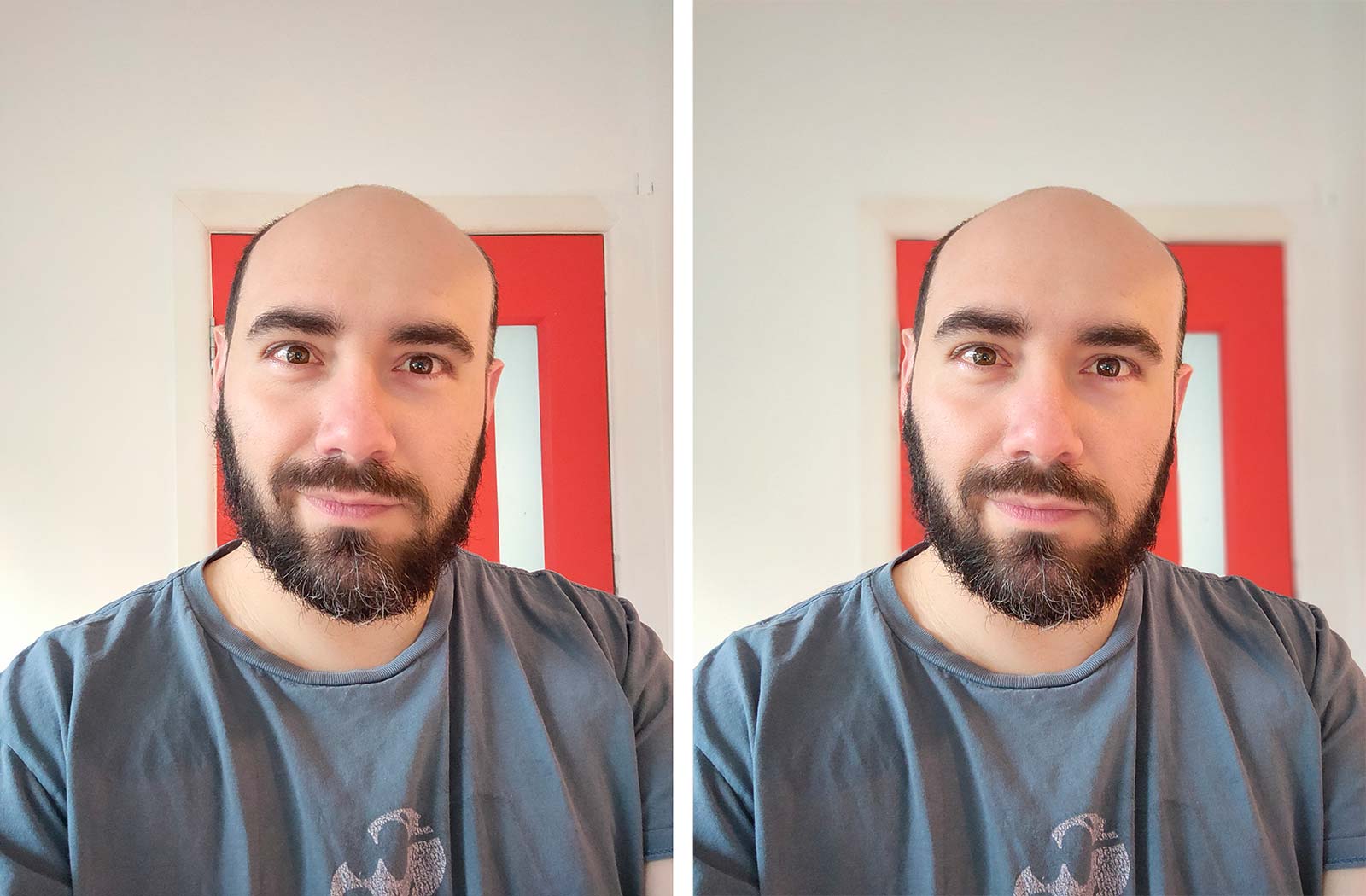
Battery
Battery life is one area that can be a little hit and miss, with the 4200mAh module in the X3 SuperZoom lasting barely a full day.
That’s not quite a full day of web surfing, picture taking, music listening, social media, phone call making and taking, and picture browsing, not to mention the other actions mobile phones have come to be known for lately.
We definitely expect a little better, as the X3 SuperZoom’s battery is performing more like a flagship from a year or two ago, with mediocre battery life despite the surprisingly large battery size, rather than the solid result Realme is becoming known for.
Value
And while the battery life isn’t as amazing as the feature set, the price of the Realme X3 SuperZoom is actually stellar. Like the camera, it’s easily one of the features that makes this phone such an impressive deal.
At $699, the Realme X3 SuperZoom is stellar value. Few companies tout what this thing delivers, which is a push to exhibit flagship quality in a phone well below what typically constitutes flagship pricing.
This is great value, and as close to high end as you can get without going over a grand.
What needs work?
For the most part, it can feel like Realme’s X3 SuperZoom is a bit of a slam dunk, delivering the features and value in a way few brands beyond Oppo truly achieve. Given they’re a little related, it’s hardly a surprise, but there are some things even Realme needs work in, as well.
One of these is what it misses out on. Much like Oppo, Realme misses out on features we yearn for in a premium device, and that appear on the high-end phones from other brands. Features like wireless charging and water resistance, both of which aren’t included on the Realme X3 SuperZoom, but would be nice to have. The omission of these features aren’t deal breakers, but rather things that would have helped the X3 SuperZoom to stand out just that little bit more.
Granted, there’s already an impressive little camera array — particularly notable given the price — but as neither water resistance or wireless charging are exactly new technologies — we’re surprised you don’t find them on what is otherwise an excellent combination of tech in this phone.
A lack of expandable storage is also a point worth noting, because it’s a change for a brand like Realme, which much like other Android phone makers, typically includes a card slot in phones to add extra storage. But not here. Not on the SuperZoom, which adopts a more typical approach on flagship Android phones to limit the storage at whatever it comes with, providing a large amount in lieu of expansion later.
In the Australian release of the Realme X3 SuperZoom, you’ll find a good 256GB storage, with a little over 230GB available to you. That’s not a bad amount for a phone this far south under a grand, though the lack of microSD may annoy others.
Much like the battery life, which struggles to hit over 24 hours and will probably need a charge nightly. It is what it is.
One last thing needs improvement, and that’s the fingerprint reader in the power button.
It will seem small, and a part of us is actually thankful Realme opted for this rather than an in-screen reader, as those can be a bit flaky, too. However Realme’s power button fingerprint reader has its issues, and occasionally misreads your fingers entirely. It’s ok, we guess: it’s a small issue, and when it doesn’t work, be thankful it can also check you in using the camera or that pin code you’ll swear you haven’t forgotten.
Final thoughts (TLDR)
If you don’t mind charging the phone every night, Realme’s take on a premium phone without a premium price is definitely intriguing, delivering more versatility than you might expect in a $699 phone.
It’s very much a case of versatility and value with the X3 SuperZoom. You get a price and feature set that won’t quit, even if the battery does just a bit.
There are clearly things Realme could do to improve the package, but at $699, the X3 SuperZoom is very interesting indeed. Worth checking out if you fancy a flagship without the flagship price.



